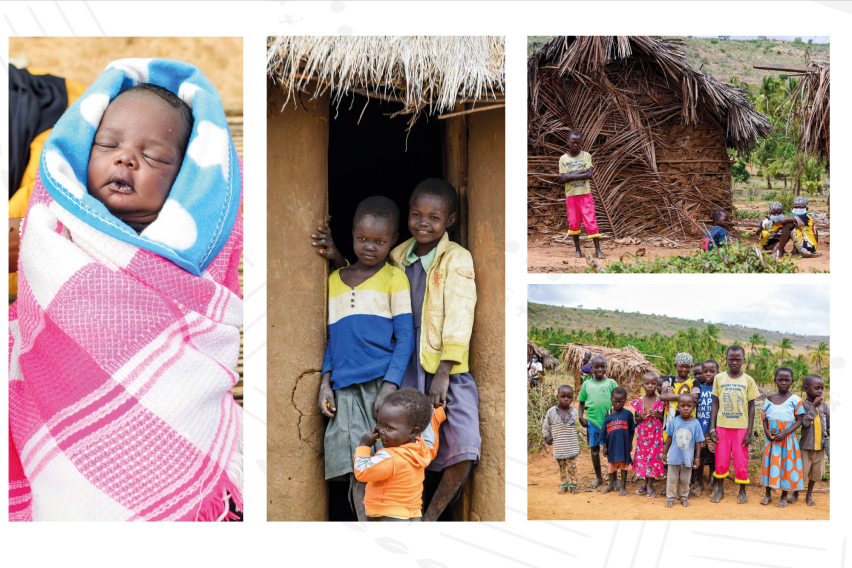
About 26% of children in Kenya are stunted from malnutrition. Poor nutrition in early life irreversibly impacts brain development, affecting learning and future productivity.
Primarily because of high levels of stunting, Kenya has a human capital score of 0.55 according to the World Bank. This means that a child born in the country today is likely to achieve only half of his or her potential.
While the incidence, prevalence, and distribution of stunting are well documented, knowing why stunting rates remain high is essential for designing interventions and policies to reduce stunting.
Getting It Right! Improving Kenya’s Human Capital By Reducing Stunting provides a deeper understanding of stunting from a household perspective and points to possible pathways for addressing it.
Stunting is a sign of deeper socioeconomic challenges in the household and the community at large. Stunting is compounded by multifaceted complexities in the households, e.g., larger-than-average family size indicating poor access to family planning, gender parity including decisionmaking dynamics skewed against women, limited access to formal education for the other siblings (and even the parents), limited to no access to social safety nets, and many people living below the poverty line.
The research underscores the importance of understanding a household as a wholly functional unit with interdependent parts as opposed to the siloed approach that many institutions take.
The report was prepared by Timothy Abuya, Population Council Kenya, and Wangari Ng’ang’a, Kenya’s Presidential Policy and Strategy Unit (PASU), with contributions and recommendations from community leaders and national and county executives in Kwale, West Pokot, Nakuru, Nyandarua, and Nairobi counties.
